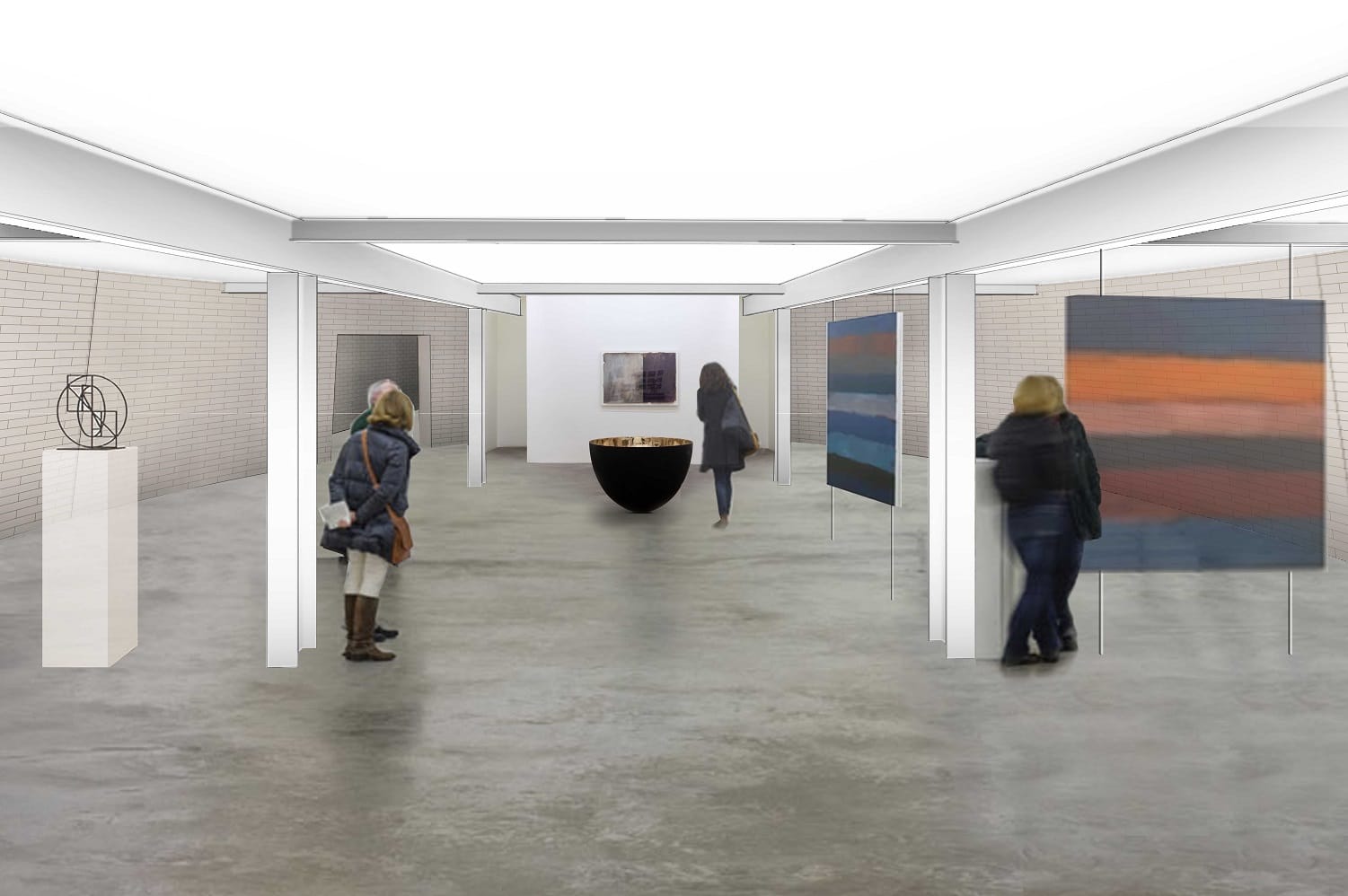What’s the best way to tell area residents about plans for a new asylum shelter nearby?
The government should tell communities directly about plans for new asylum shelters, some activists and politicians say.
The Digital Hub has applied for planning permission to convert the old brick windmill into a gallery and conference room.

The Digital Hub has applied for permission to convert the bottom of St Patrick’s Tower, the sail-less old brick windmill with the minty-green dome on Thomas Street, into an exhibition and conference space.
The space is now vacant, just being used for storage, according to the planning application.
The bottom floor would be refurbished as an open space, according to a drawing of the space submitted as part of a planning application.
The concrete floor would be covered with non-slip epoxy, and an internal wooden staircase and a goods lift from the 1960s would remain, according to the planning documents. The mid-20th-century electrical fittings would be put back in place after the refurb, too.
The plan details restoration work for the tower’s ground floor.
The wall brickwork and the steel structures hanging across the ceiling of the first floor would be cleaned and primed.
An original millstone, currently being stored off-site, would be put back at the tower’s entrance. A gently sloping accessibility ramp is also planned for the entrance.
“In general the works will have a low impact on archaeological material,” according to the report.
Also, the pear tree beside the wall which projects to the east will be retained, the report says.

“Overall the proposal constitutes only very minor losses of historic fabric, and most importantly it allows the building to be used effectively for the first time in decades,” it says.
The Digital Hub is working with architects Scott Tallon Walker. Earlier projects by the firm include work on the Gate Theatre on Parnell Square East and the Museum of Literature Ireland on St Stephen’s Green.
The Liberties was a hub for milling industries as far back as the medieval times, according to the report. St Patrick’s tower does not go that far back though.
The protected structure as we know it was built in 1810 after a fire that year destroyed the original. It’s not entirely clear when the original had been built – perhaps as early as 1757, according to the report.
Both the original mill and its replacement were apparently part of the Nicholas Roe & Co. distillery. “It is therefore likely that from the beginning it was used to grind malted barley rather than flour,” the report says.
According to a report from the time in Saunders’s News-Letter: “[The windmill] was set on fire by a nail getting between the mill-stones, and communicating with the machinery; the building was instantly in a blaze, the fire from which was most terrific.”
The tower that stands on the site today is 33.5 metres tall, and 12.4 metres wide at the bottom. Inside, just the ground floor and a small wooden second floor remain and can be walked on.
The interior of the tower is an empty space with bare concrete floors and curving red-brick walls. There is some old machinery scattered around, show pictures in the report.
St Patrick’s Tower is the largest surviving windmill in Ireland and Britain, according to the archaeological report in the planning application.
A spokesperson for the Digital Hub said it intends the space to be used “by our member companies, community groups and schools in the Liberties area”.
They didn’t respond to a query about whether they will charge, and how much.
The Digital Hub provides office space for tech companies to work from in the Liberties.
They’ve been looking for a while at how to make the tower more accessible to the wider Dublin 8 community, said CEO Fiach Mac Conghail, in an email.
The restoration of St Patrick’s Tower is a standalone project, the Digital Hub spokesperson said.
Subject to planning approval and Covid restrictions, they hope to start work on it towards the end of the year, they said.
Get our latest headlines in one of them, and recommendations for things to do in Dublin in the other.